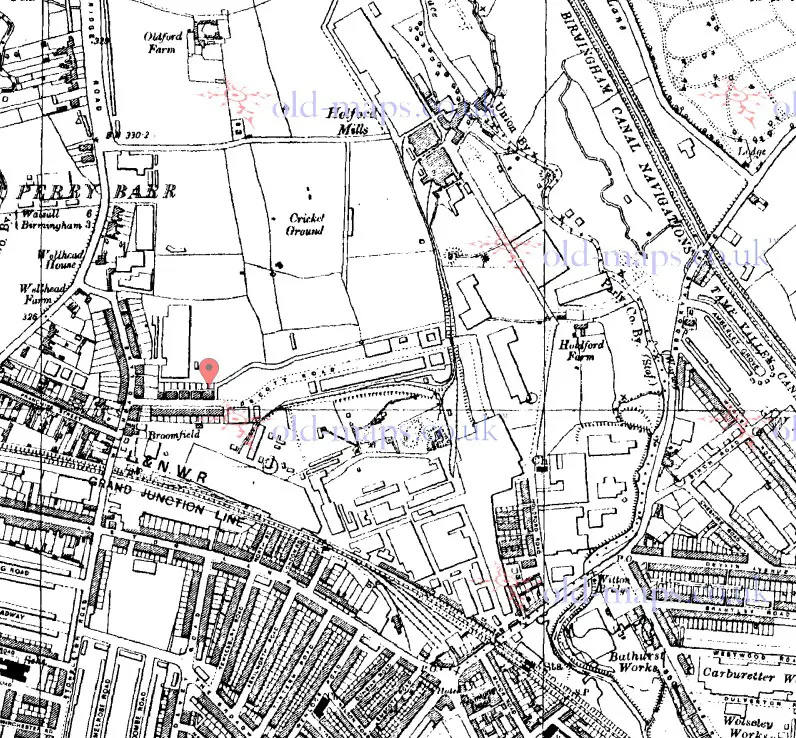The map confirms that there was in fact an extensive railway system on the Kynoch site at Witton. I did not recall a previous mention of this and people I have spoken to with experience of the site from the 1960s onwards do not remember it. There is no mention of the system in the two Company histories.
Not a great deal has been published about the internal railway system at Kynoch and still less in a form that is accessible online; the January 2014 issue of Railway Bylines published by Irwell Press (P.78 "ICI Witton” by Paul Anderson) whilst sadly quite lightweight on detail, nevertheless gives some information. Certainly, when the photos it contains were taken there were at least four steam locomotives present and, given the numbering, maybe there had been at least two others.
Notes online about the preserved one show it was loaned to the plant in 1914 and purchased five years later; it would have become taken over by ICI in 1927 of course, continued in operation until 1953 when it was declared redundant and donated to the British Transport Commission since when it has been preserved. See:
https://www.ribblesteam.org.uk/exhibits/steam/40-lnwr-ramsbottom-1439-1865
There are references in the article to the possible acquisition of replacement diesel shunters towards the end of the 1950s and other ICI owned systems seemed to have completed that process by 1960. Ownership would have changed again in 1962 and, not long afterwards, the steady rationalisation of the city’s freight services would have been underway, aided of course initially by a certain former ICI employee. Perhaps the better steam locos were concentrated elsewhere in the UK for a little while but most seem to have gone for scrap quite early.
More photos of the site are on the Britain from the Air site of course. One is attached. Equally, the fact that sidings served the works and were then still much used can be detected in the slides taken by Harry Myers in 1961 and online here:
https://www.staffshomeguard.co.uk/KOtherInformationKynochV2Eimages.htm (image 5) It would be reasonable to assume that these were connected to both the ICI internal railway and the main line network via Witton Goods Yard (I don’t think Perry Barr had any goods facilities).
Another photo I have seen online shows a blue-liveried Class 47 diesel drawing a rake of empty fuel tank wagons out of the yard as late as 1972 and it’s perhaps the case that things lasted a little later still, railway-wise.
The main line alongside was an early fixture as the Grand Junction opened in 1837; it seems that Perry Bar (sic) station opened with the line but Witton was opened quite a lot later:
https://www.warwickshirerailways.com/lms/witton.htm The dates in that link show that (public) Goods facilities opened in the 1880s but perhaps the Kynoch works (and others nearby, e.g. Crawfords is mentioned here) had private siding connections earlier. The canals might also have played a part in moving materials inwards and out of the site. The GEC works next door also had rail connections and my brother and I saw those sidings in use in the mid 1960s with AC Electric locomotives in for attention well before such overhead wires reached the city.
For the real anoraks, I noticed references to a book on the ICI-owned industrial locomotive fleet and perhaps that offers a little more detail if a copy can be tracked down via a library.







